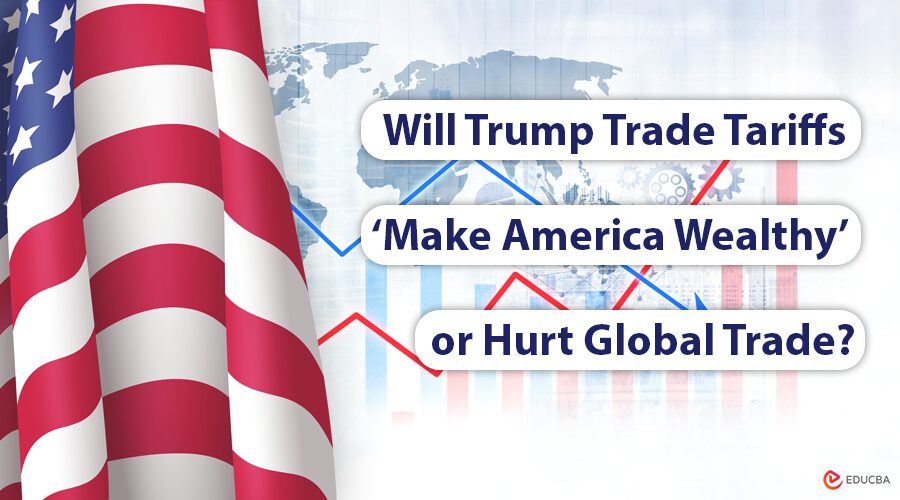
Trump Trade Tariffs and Global Tensions
At the end of March 2025, Donald Trump reiterated his threat to impose higher tariffs on the European Union (EU) and Canada if they “economically harm the United States” in retaliation for the tariffs he had imposed earlier. These statements continue to strain relations between the U.S. and its transatlantic allies. The Trump trade tariffs have become one of the most significant elements of U.S. trade policy, affecting the U.S. economy and global markets.
Impact on the U.S. Dollar
One key indicator of the U.S. economy, the U.S. Dollar Index (DXY), reflects the ongoing impact of these tensions. Looking at the DXY performance, the U.S. dollar has remained relatively resilient despite ongoing global uncertainty. Peaking at over 114 points in late 2022 before moderating to around 103 in April 2025.
This shift reflects a more balanced outlook, influenced by Federal Reserve policy and changes in inflation. Since its peak, the U.S. currency’s strength has experienced volatility, closely tied to Federal Reserve policy expectations and global trade developments.
Trump’s Threat to Raise Tariffs
On the Truth Social network, Trump reiterated his stance on trade, writing, “If the European Union works with Canada in order to do economic harm to the USA, large-scale tariffs, far larger than currently planned, will be placed on them both.” Trump’s comments underscore his continued protectionist approach, which is central to his trade policy.
Trump also renewed his call for a 25% tariff on car imports into the U.S. He argues that this move is essential to safeguard American industries and continues his long-standing protectionist trade agenda.
Global Reactions to Trump Trade Tariffs
European Commission President Ursula von der Leyen responded, calling the measure “bad for businesses and even worse taxes for consumers.” Canadian Prime Minister Mark Carney labeled the tariffs a “direct attack” on Canadian workers and signaled possible countermeasures.
On Thursday, French Minister of Economics and Finance Eric Lombard urged Washington “to return to the table for meaningful dialogue.” The European Union, he said, had no choice but to stand firm in response to the U.S. “aggressive” trade policy.
“We are in a situation where we are under attack,” Lombard said. “Either we allow it, and it never ends, or we retaliate.” He expressed hope that, eventually, a resolution could be found as both sides realize that the trade war is not leading to any positive outcomes.
EU’s Countermeasures and Future Negotiations
The European Union has delayed implementing countermeasures, including higher duties on American whiskey and motorcycles, until mid-April. In return, Trump has threatened to impose a 200% tariff on European wines and spirits.
Lombard expressed optimism that negotiations could resume before the upcoming International Monetary Fund meetings in Washington.
New Car Import Tariffs
On April 3, 2025, a new round of tariffs on cars imported into the U.S. took effect, coinciding with Trump’s announcement of reciprocal tariffs on countries with persistent trade surpluses with the U.S. These tariffs are part of the ongoing trade conflict that started during Trump’s previous presidency, which also saw duties on steel and aluminum, as well as various imports from China, Mexico, and Canada.
Final Thoughts
Another round of negotiations is expected in the coming days to determine the direction of the U.S.-EU trade dispute. It remains uncertain whether the renewed push for Trump trade tariffs will lead to more significant changes or if a reduction in tensions is possible. Time will tell whether Trump’s trade policies will truly “make America wealthy again,” as he promised, or they will further strain relations with the EU and Canada.
Recommended Articles
We hope this overview of Trump trade tariffs has clarified their impact on global markets and local businesses. Check out these recommended articles for deeper insights into trade policies, economic strategies, and international relations.

